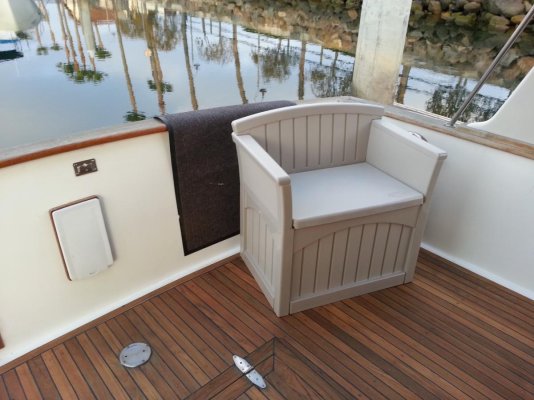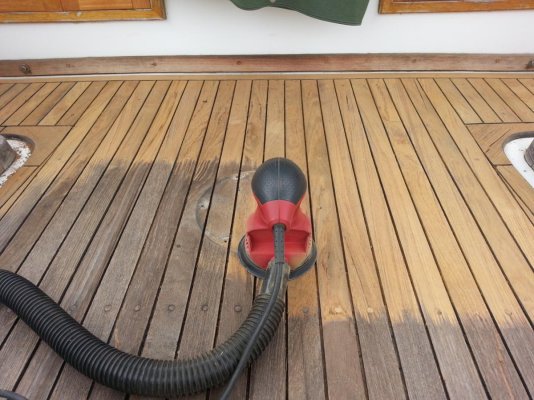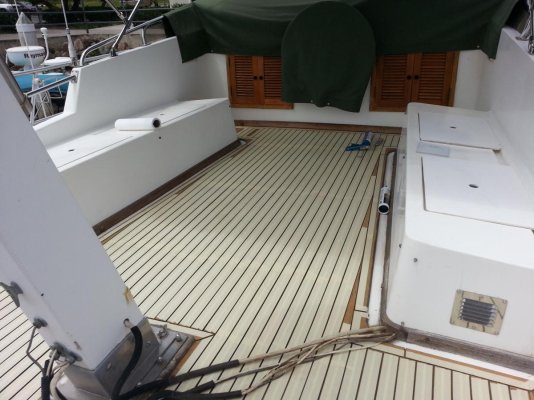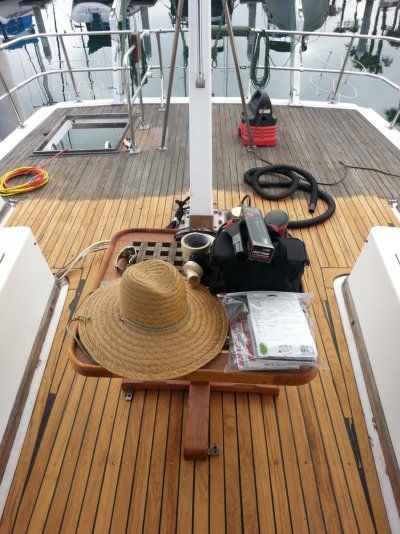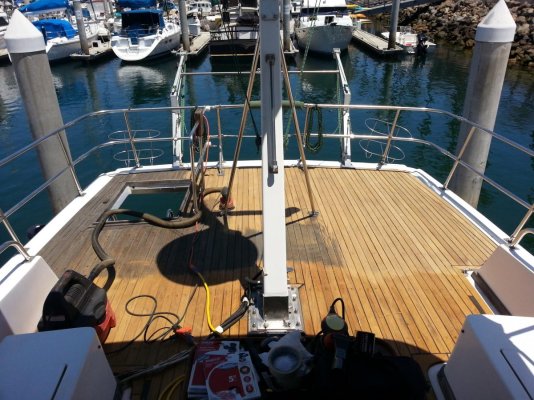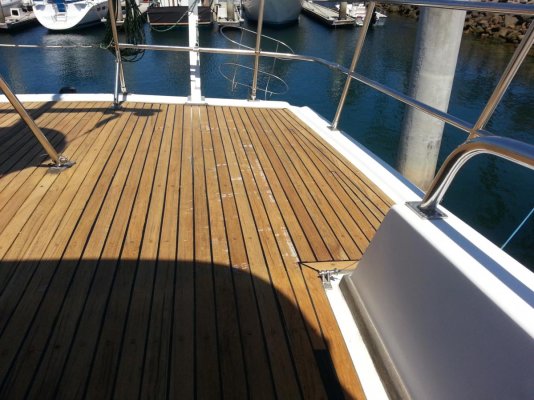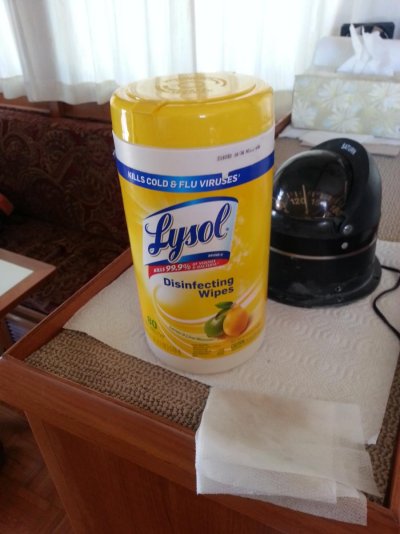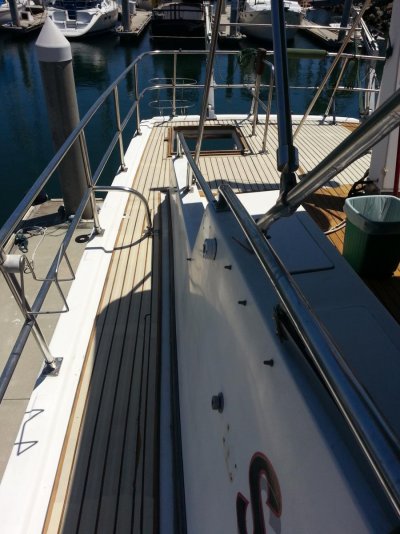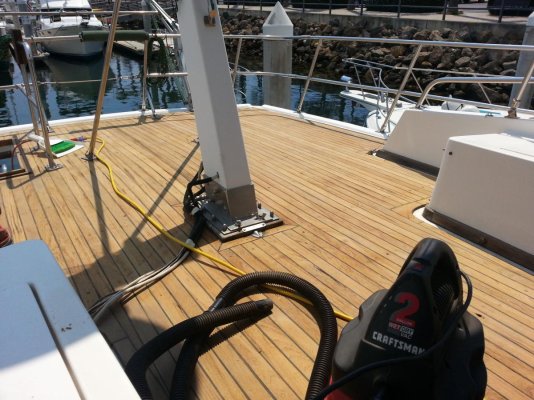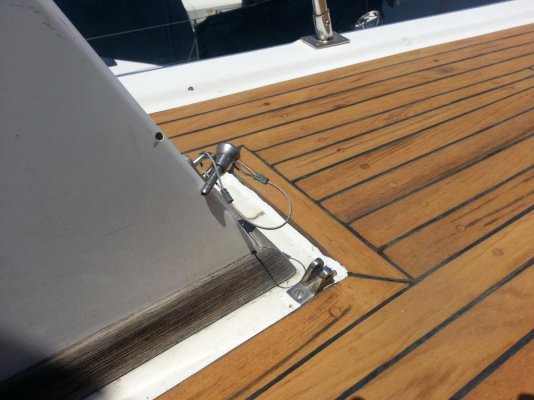CarlinLA
Senior Member
Forgot to add, "good luck!"
On my teak decks I masked all the seams I wished to repair, caulked, pulled the tape when cured, cut the top of the caulk by sliding a hard-backed razor blade along the caulk so I would not need to sand and make the wood thinner.
Concur... hence after I deduced that no-tape-and-tooling was spreading a lot of caulk across beautiful and valuable wood - to heck with that - switched to the standing seam method...
Will razor the excess caulk off the standing seam and then hit it with the 120-grit sanding (planned to do the 120-grit all along so no loss there).
Anyway - to all - I do appreciate the feedback - Trawler Forum is very helpful.
Carl

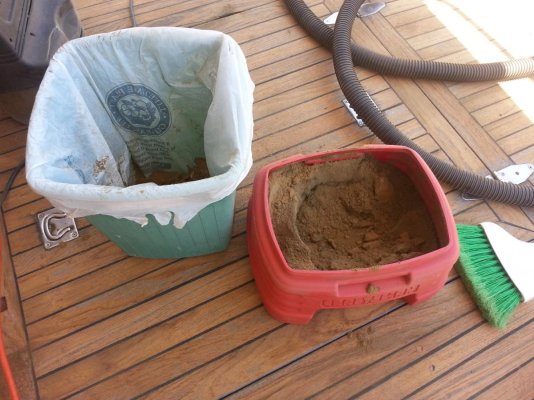
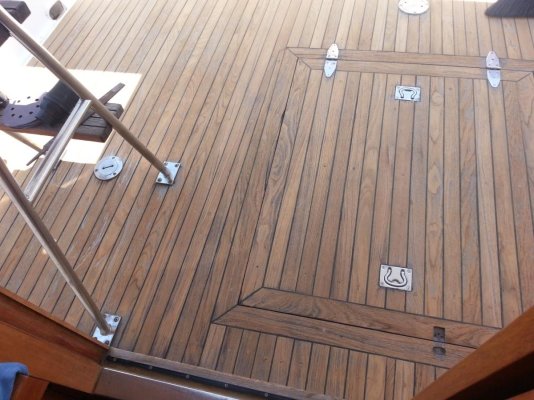

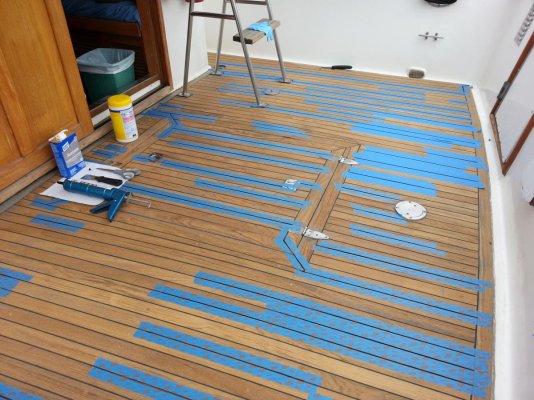



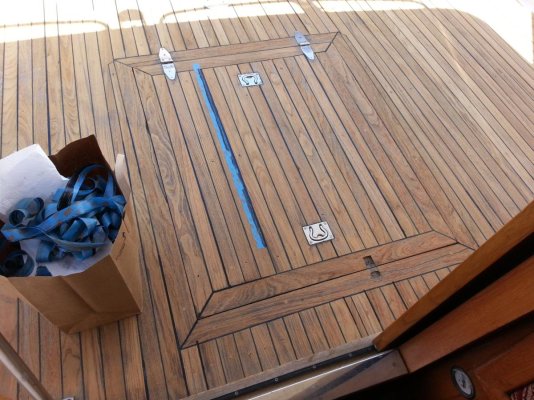
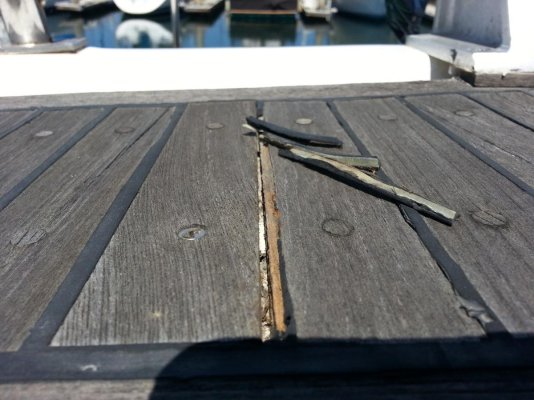
 We used a 3 3/8" circular saw and made our own dado blade by adding 2 blades together. Control was surprisingly easy. A chisel was used for the sharp radiuses and ends. The guy who taught me how to do it, said you needed 3/8" of teak to be considered serviceable. Less than that, you couldn't effectively secured the planks via screws and bungs or have enough depth for the caulk.
We used a 3 3/8" circular saw and made our own dado blade by adding 2 blades together. Control was surprisingly easy. A chisel was used for the sharp radiuses and ends. The guy who taught me how to do it, said you needed 3/8" of teak to be considered serviceable. Less than that, you couldn't effectively secured the planks via screws and bungs or have enough depth for the caulk.

